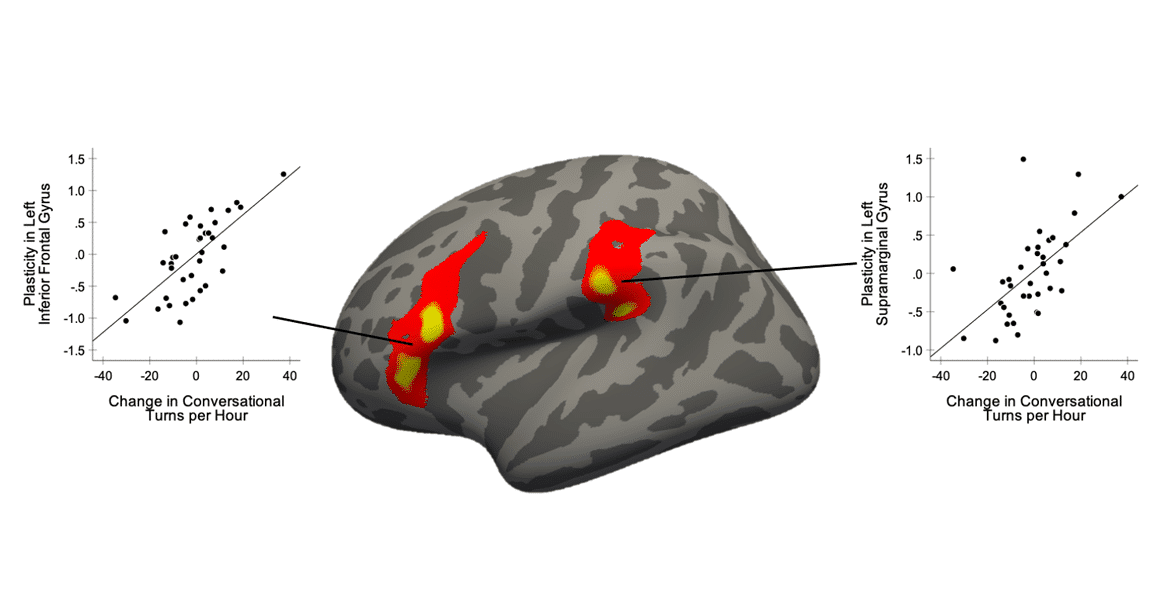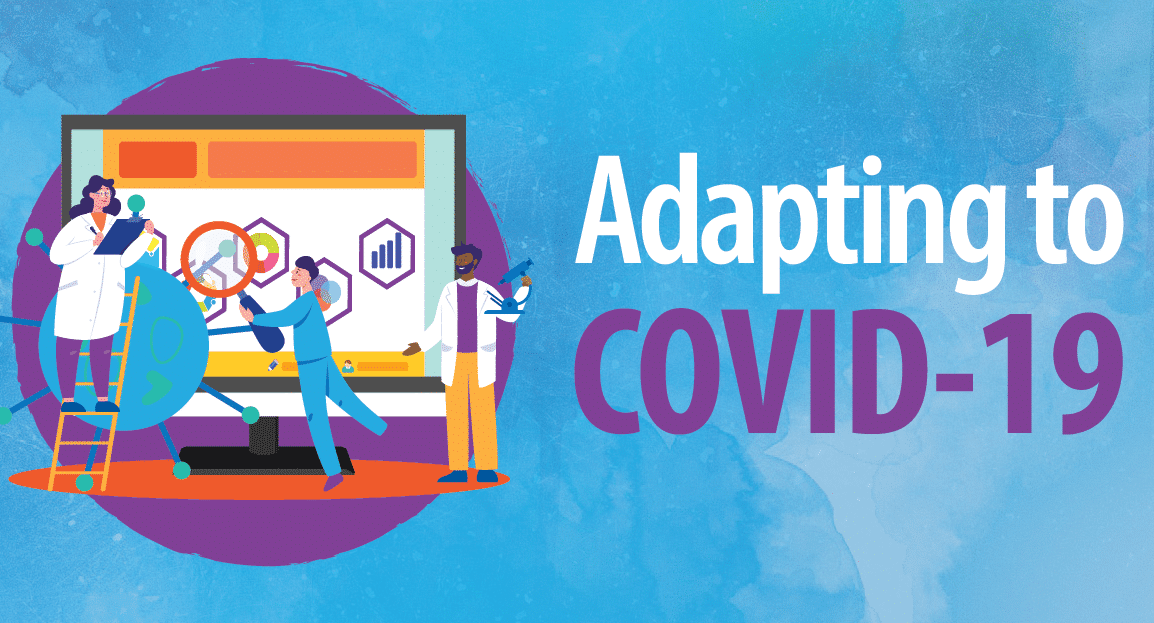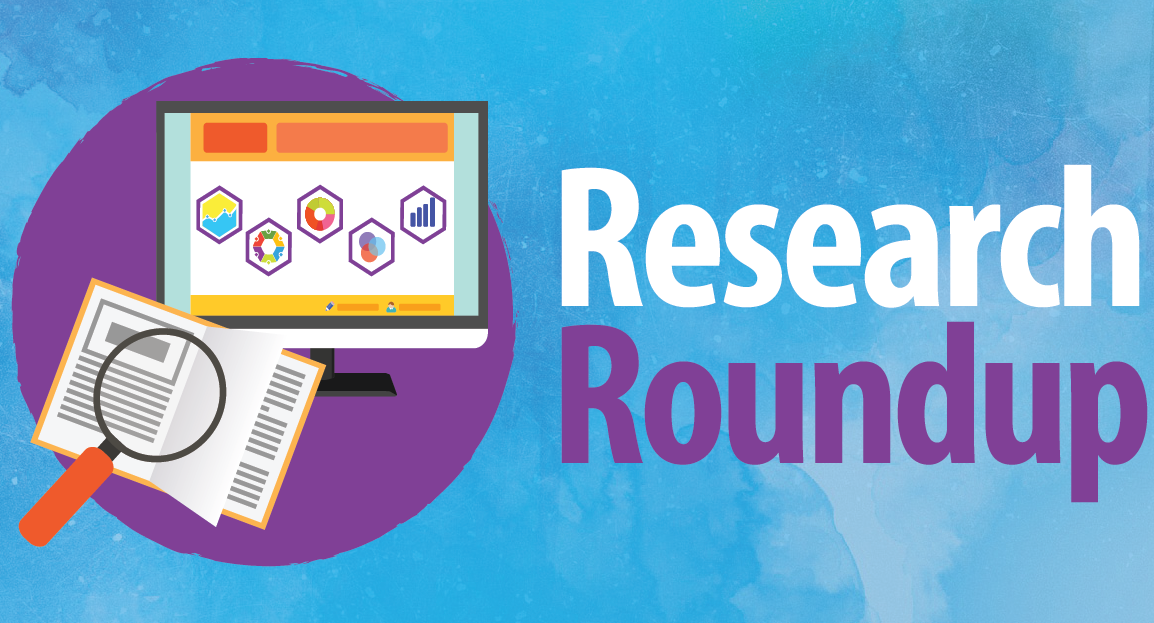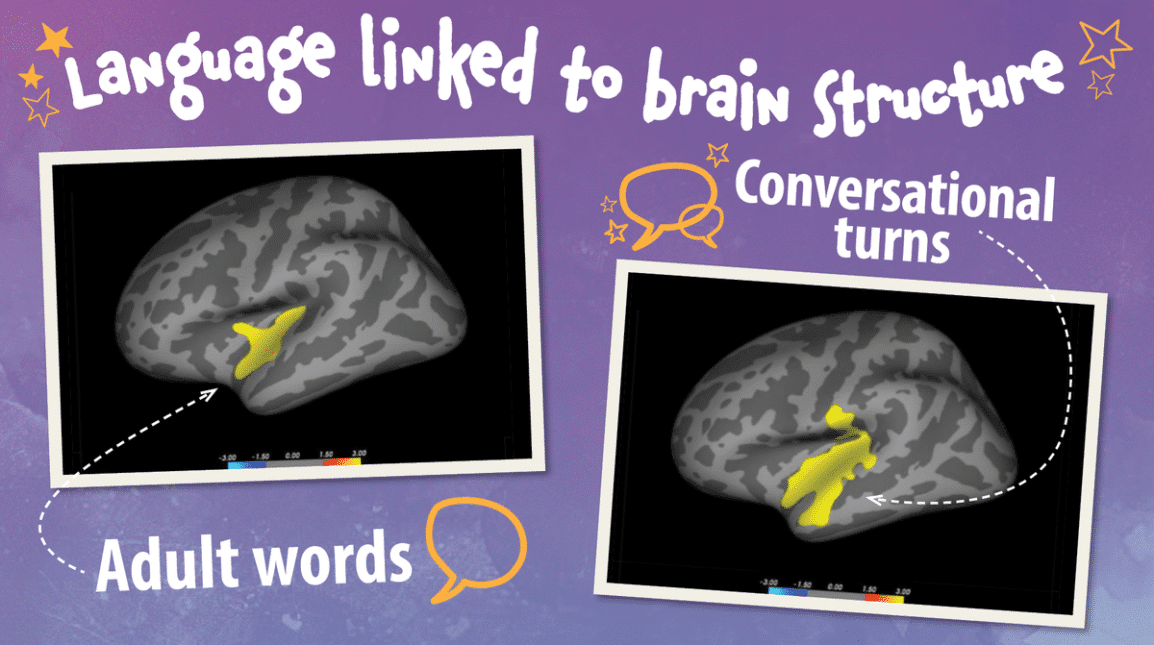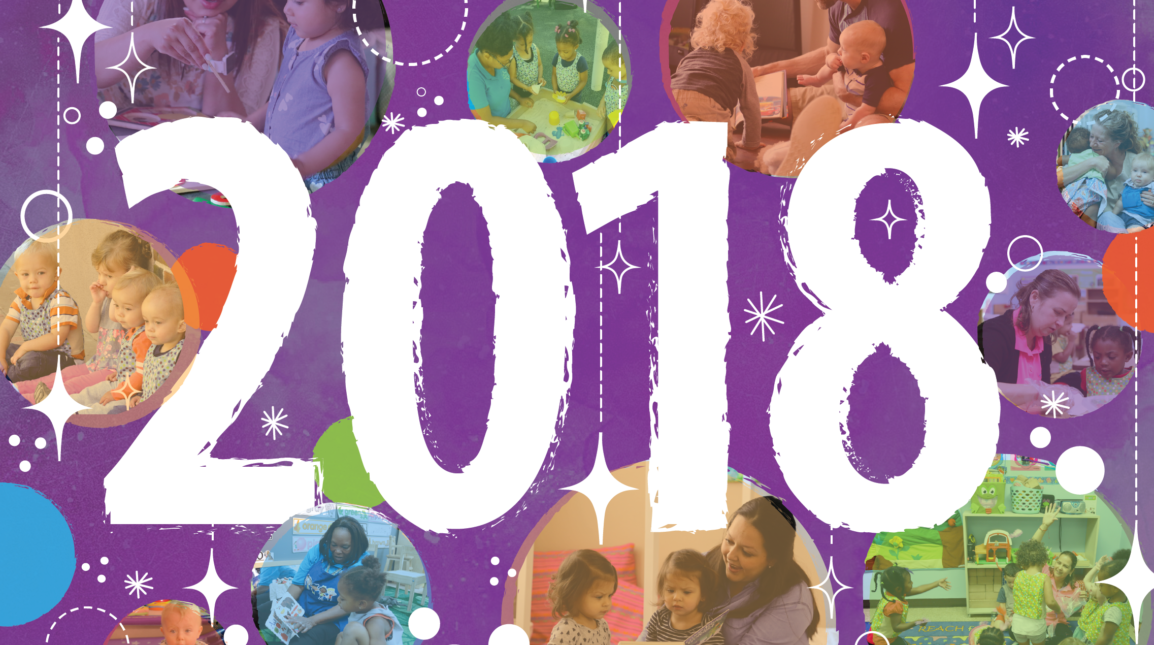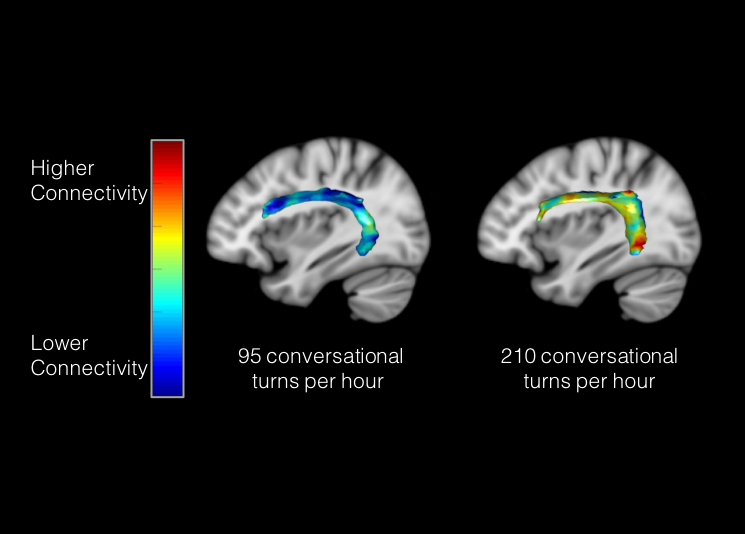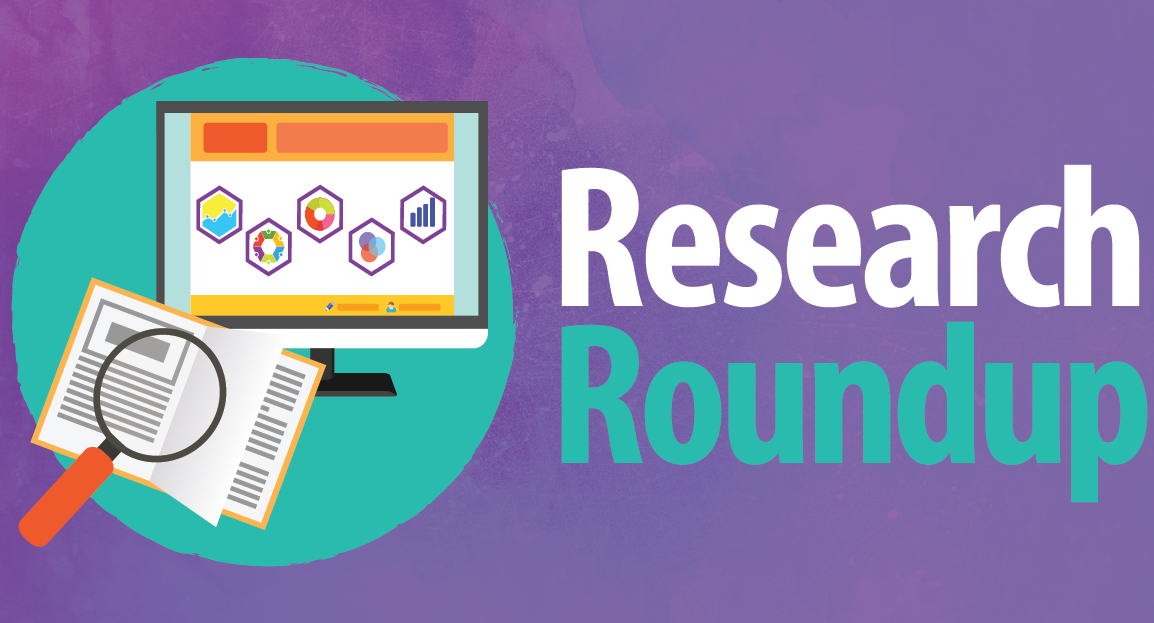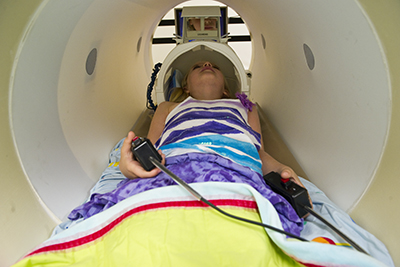A study from MIT and Harvard uses LENA technology to investigate how children’s brains changed following an early language intervention.
Blog Posts (8)
How researchers have adapted to continue using LENA SP during the pandemic
Two teams share how they’ve adapted their data-collection process to continue their studies.
Research Roundup: How parents can shape children’s early brain development through reading
Three new studies highlight how reading supports brain growth and cognitive function.
New research strengthens link between adult-child conversation and brain structure, reading skills
A new study exploring associations between family socioeconomic background, children’s brain structure, and children’s reading skills indicates that children who experience more conversational turns may have increased brain growth, and in turn, better reading skills.
Putting a bow on 2018 and looking forward to 2019
2018 has been an incredible year for LENA with new research, strong partnerships, and 10 million conversational turns! We’re thoroughly excited about the road ahead and all that 2019 will bring as we work toward our vision of all children entering school prepared for success.
First paper published linking conversational turns with brain structure
The first research showing a relationship between conversational turns and brain structure has ben published in JNeurosci. The paper investigates how back and forth interaction between children and their adult caregivers relate to white matter connectivity in the brain.
Research Roundup: Brain Waves, Intelligence, and Voter Attitudes
Did you know your brain waves sync with your baby’s? Read the study and see other exciting new findings in this month’s research roundup.
New research sheds light on the importance of conversational turns
New research by a team at Harvard and MIT used LENA technology and brain imaging to measure the relationship between children’s language experience and their brain activity. The study found that conversational turns predicted variance in verbal scores, while the sheer number of adult words did not.
Articles (8)
Let’s talk: Teachers pushed to converse more with youngest kids
States are using talk pedometers, conversation coaches to develop young brains
In Babies’ Brains, White Matter Is Crucial—and Conversational Turns Make It Grow
A study published in the Journal of Neuroscience uses MRI and LENA technology to show that conversational turns as early as six months of age uniquely predict brain development at two years of age.
Talk pedometers may boost your baby’s brain development
A growing body of research about early childhood education and cognitive development suggests that chatting with children, particularly from birth to age 3, is crucial. That thinking is at the heart of the program that Virginia Beach is now expanding with a nearly $450,000 grant from Bloomberg Philanthropies.
Talk pedometers may boost your baby’s brain development
A growing body of research about early childhood education and cognitive development suggests that chatting with children, particularly from birth to age 3, is crucial. That thinking is at the heart of the program that Virginia Beach is now expanding with a nearly $450,000 grant from Bloomberg Philanthropies.
Talk pedometers may boost your baby’s brain development
A growing body of research about early childhood education and cognitive development suggests that chatting with children, particularly from birth to age 3, is crucial. That thinking is at the heart of the program that Virginia Beach is now expanding with a nearly $450,000 grant from Bloomberg Philanthropies.
What cutting-edge neuroscience tells us about early childhood development
Dr. Dana Suskind, a pediatric surgeon, explores the utility and shortcomings of Hart and Risley’s 1995 “word gap” study and explores what new neuroscience research is revealing about how back and forth conversations build babies’ brains.
Back And Forth Conversation With Children Important For Children’s Brain Development
Using LENA technology, scientists at MIT discovered a relationship between conversational turns and children’s language development.
Back-and-forth exchanges boost children’s brain response to language
Researchers at MIT used LENA technology to find that the amount of conversational turns is more strongly related to positive language development than the number of adult words spoken to a child.



